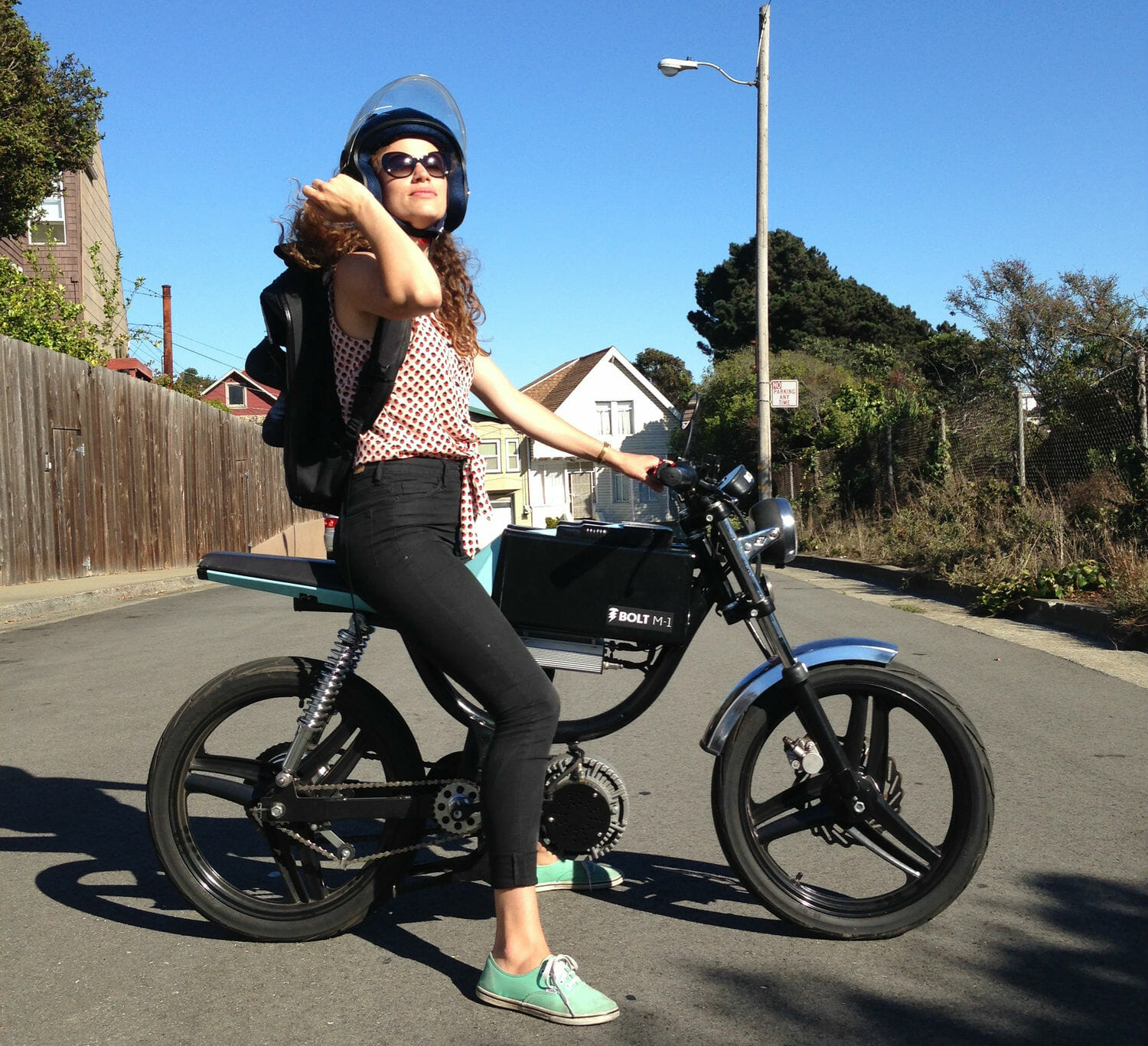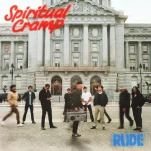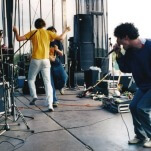A Ride on the Bolt M-1, “the Tesla of Electric Bicycles”

Cruising at 30mph along the lagoon in Brisbane, Calif., a small city in the lower slopes of San Bruno Mountain just south of San Francisco, it’s hard not to notice motorists turning their heads in curiosity and confusion. I’m zipping past traffic in the bike lane on what seems to be a small, Triumph-style motorcycle or dirt bike with bicycle pedals.
I’m astride “the Tesla of electric bicycles,” the Bolt M-1 electric bicycle from startup Bolt Motorbikes. Founded by a former Zero electric motorcycle engineer who improved the company’s battery technology, Bolt hopes to solve the problem of congestion for commuters while reducing environmental impact.
“We wanted to build a bike that solves problems that we deal with every day when getting around a congested city,” said Bolt CEO Josh Rasmussen. “On a Bolt you can go places where a moped and a motorcycle can’t go. There’s also a low barrier to entry. You don’t need a license to ride a Bolt, you don’t need insurance, and you don’t need to register.”
-

-

-

-

-

-

-

-

-

-

-

-

-

-

-

-

-

-

-

-

-

-

-

-

-

-

-

-

-

-

-

-

-

-

-

-

-

-

-

-










































